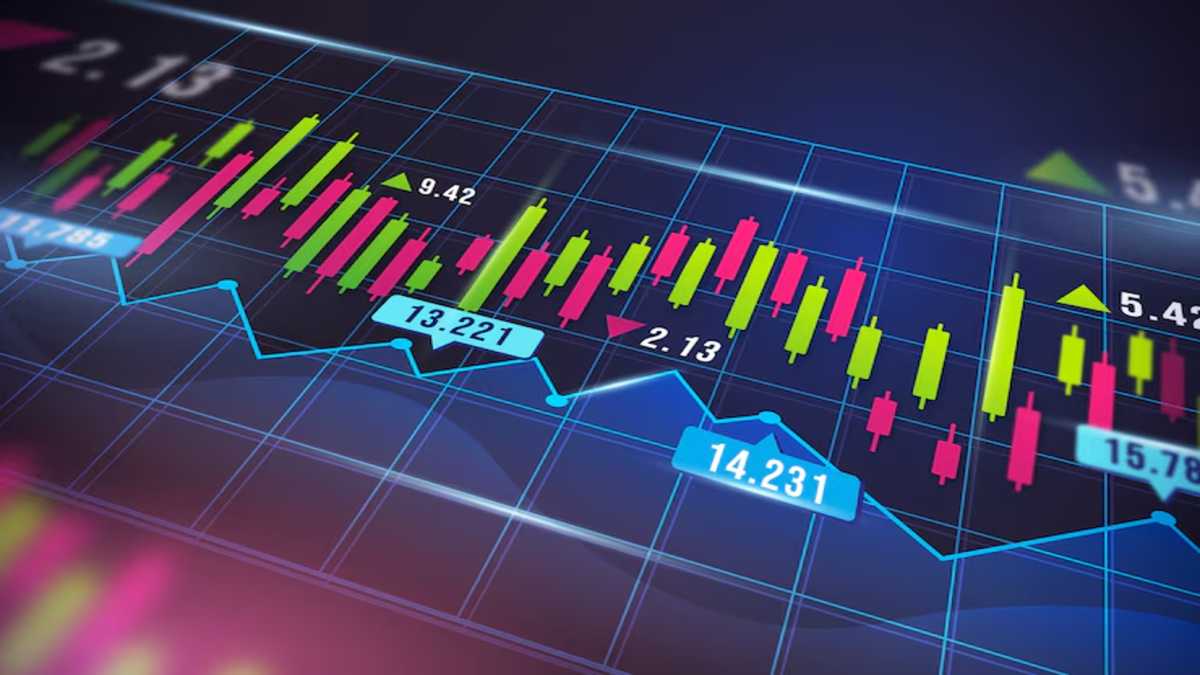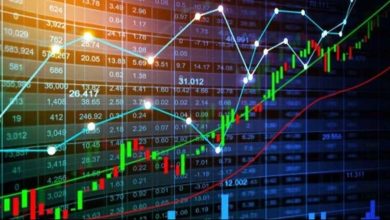Markets Rally on 2026 Rate Cut Dreams, But Top Strategist Warns: ‘Be Careful What You Wish For’

Investors are already pricing in a “monster year” of up to seven Fed rate cuts in 2026, creating a new market narrative that some experts caution could be a dangerous trap.
NEW YORK – In a market that continues to defy conventional wisdom, a stunning new narrative is taking hold: investors are looking past a wall of 2025 worries—including tariffs, earnings risks, and tax deadlines—to bet big on a flood of Federal Reserve interest rate cuts in 2026.
This forward-looking optimism, dubbed “head-scratching” by some observers, gained significant traction after Morgan Stanley’s economics team projected a staggering seven rate cuts in 2026. The bank’s influential chief investment strategist, Mike Wilson, noted that this expectation is already acting as a “tailwind for back-end rates and valuation,” and that “there are already signs the equity market is starting to price this now.”
The core of this bullish thesis is historical performance. As Wilson points out, “equity performance is strong during Fed cutting cycles,” and the market is simply getting a head start on discounting this future stimulus.
This perspective is driving a powerful rally, even as Fed Chair Jerome Powell maintains a cautious tone about near-term cuts and a strong June jobs report further complicates the immediate outlook.
The Contrarian View: A Rate Cut Barrage Signals a Bad Economy
However, a growing chorus of strategists is pushing back on this rosy scenario, led by a stark warning from Charles Schwab’s veteran strategist, Liz Ann Sonders.
“So I have a bit of a contrarian take on that,” Sonders told Yahoo Finance. “A scenario under which the Fed is cutting, say, seven times in 2026, would be a backdrop of… probably significant weakening in the labor market. So it’s sort of a be careful what you wish for.”
Sonders argues that the market’s current strength is actually because the Fed feels no pressure to cut rates, which reflects a healthy economy. A rapid series of cuts, she implies, would only happen in response to a significant economic downturn—a scenario that is unequivocally bad for corporate earnings and stock prices.
A Spectrum of Expert Outlooks
The debate has split Wall Street, with other experts offering more nuanced perspectives:
-
Cautiously Dovish: Chad Morganlander of Washington Crossing Advisors believes Fed Chair Powell will signal a rate cut for late 2025, with a more dovish new Fed Chair in 2026 delivering “two or three more cuts.” He sees this as a “net positive” for markets.
-
The Uncertainty Factor: Jed Ellerbroek of Argent Capital Management is less certain, suggesting tariffs and the uncertainty they create will be the deciding factor. “It wouldn’t surprise me if rates aren’t cut this year… then next year, I think that there will be some cuts,” he noted.
-
The Valuation Constraint: Keith Lerner, Co-CIO at Truist, expects a cut in the second half of the year will push markets higher but points out a major constraint: “The valuations of the market are now back to a 22 multiple, which is the high end of the range that we’ve seen in the last few years.”
A Market at a Crossroads
Investors are now caught between two powerful, opposing forces. On one side is the speculative hope that a future wave of Fed stimulus will propel stocks to new heights. On the other is the sober reality that such aggressive action from the central bank would likely signal an economy in trouble.
For now, the market is choosing to embrace the optimistic 2026 dream. But as Liz Ann Sonders’ warning echoes, the question remains: are investors celebrating a future boom, or are they cheering for the very economic weakness that could end the party?



